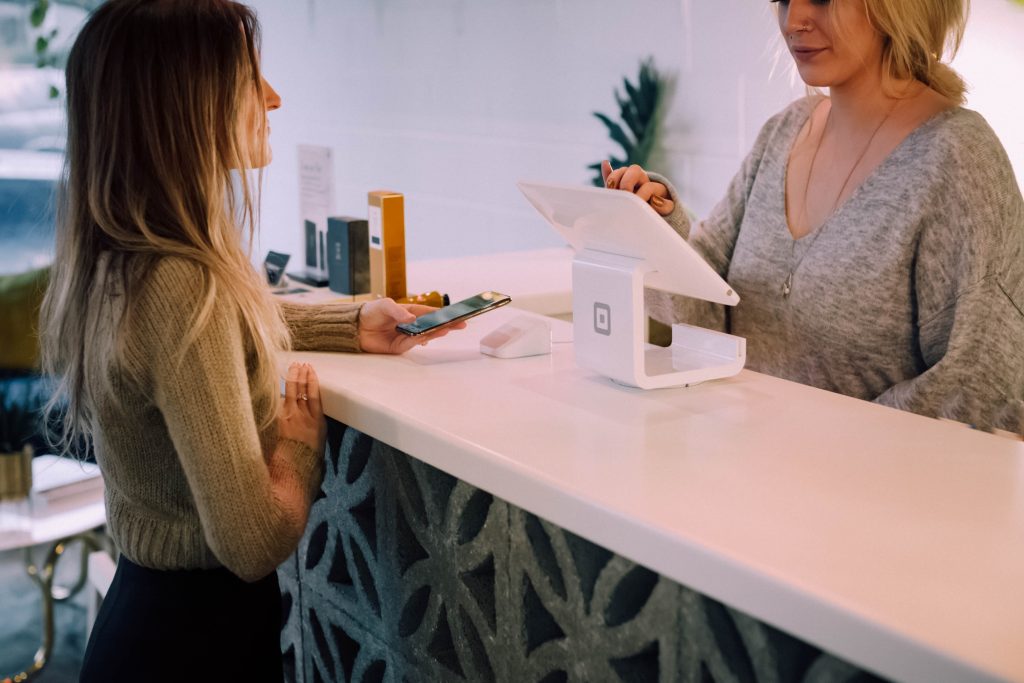
How Does DeskFlex Work?
Due to the increase in mobile and telecommuting employees, many businesses are left with an office full of empty cubicles. DeskFlex not only reduces your real estate investment costs but also maximizes the use of your desks. Implementing employee awards for those who excel in this flexible working environment can further enhance productivity and morale.
How does it work?
DeskFlex can be used to implement a desk-sharing system. Desk sharing is also known as hoteling, hot-desking, scheduling rooms, and booking desks. The management of desks can be done through a browser-based program in a number of ways. Employees can reserve desks for themselves, groups can find a place to work together, and employers can assign specific desks to employees. An office map shows vacant and available desks on DeskFlex. As employees walk in or reserve desks in advance, desks can be claimed. DeskFlex also uses motion-sensing technology to ensure accurate desk vacancy data. If an employee leaves their desk, the motion sensor will alert the system and adjust the map accordingly.
Several factors determine the selection
What factors do I consider when selecting the best hot desk booking software? The following selection criteria guided my top picks:
- The software I selected has a vibrant, clean, and enjoyable user interface (UI).
- With easy-to-navigate menus and preferences, the software I selected is straightforward and straightforward to use.
- For maximum productivity, I selected systems that integrate with commonly used office applications, such as email and calendars.
- My preference is software that has transparent pricing models and can easily be scaled up to accommodate more bookings. Because some systems are modular, pricing details aren’t always readily available based on the modules required.
Product features
Hot desk booking software is designed to simplify the booking process. Hot desk booking software should include the following features:
- Employees can make their own bookings instead of relying on administrators or managers.
- A mobile device check-in and the ability to book from anywhere at any time are essential features.
- Detailed floor plans: Users should be able to find the workspace they are looking for on an accurate, and often interactive, map. A few platforms even provide users with wayfinding features to help them find their way around the workspace.
- Every workspace has its own unique features, and there is a variety of workspace types available for booking. It is best to use platforms that offer flexible booking types (such as desks, conference rooms, parking stalls, and equipment) and flexible booking arrangements (such as hourly, all-day, multiple days).
- Team zones or neighborhoods: These features enable teams or departments to work together more effectively. This feature also allows you to designate quiet zones.
- Users can search for other employees to find out when and where they will be in the office through hot desk booking systems.
- Among the features related to health and safety are health screening questionnaires, occupancy limits, social distancing parameters, contract tracing data, and desk sanitization automation.
- The best workflow analysis systems keep track of usage metrics in order to support workflow analysis at a higher level. By quantifying unused space, management teams can understand where they can further optimize or reduce their floor space.
Desk booking software
By using desk booking software, employees and students can book workspaces based on their needs, eliminating wasted space. Self-serve should be available. Find out which spaces are booked, the length of the booking, and other important information.








